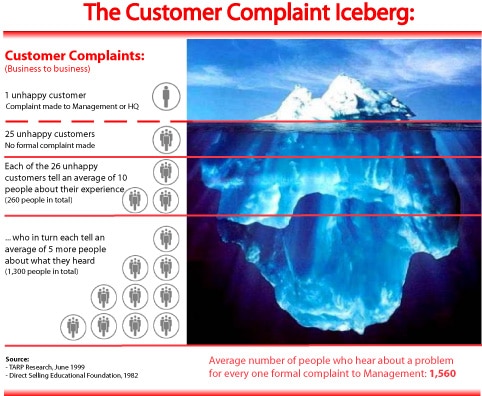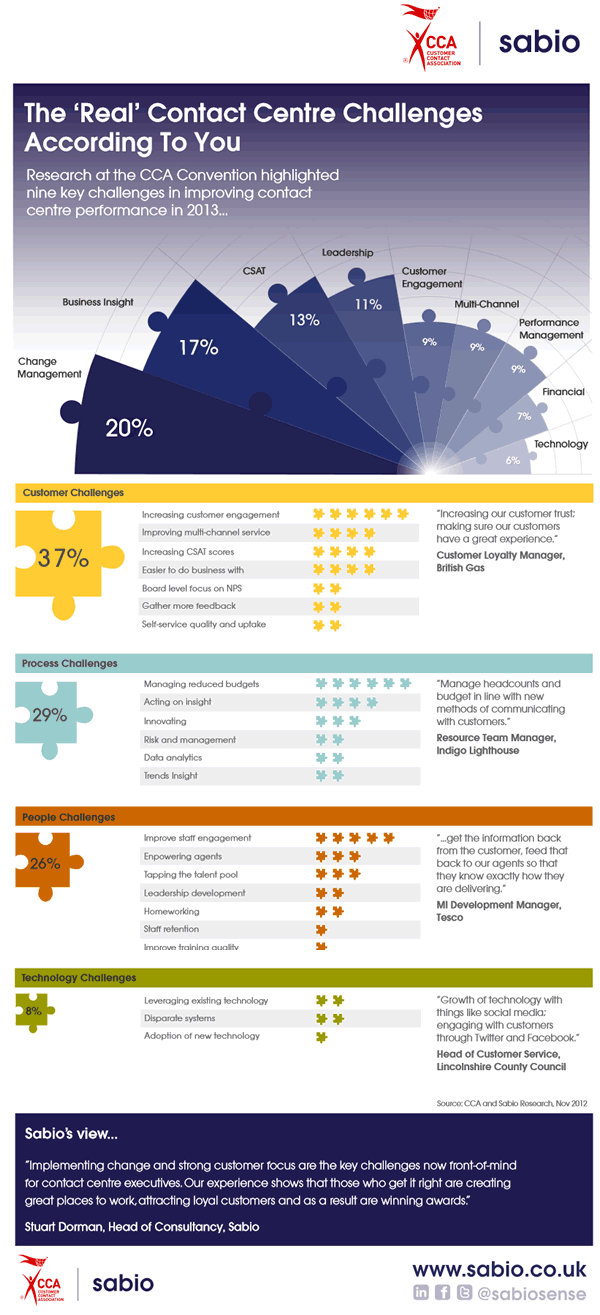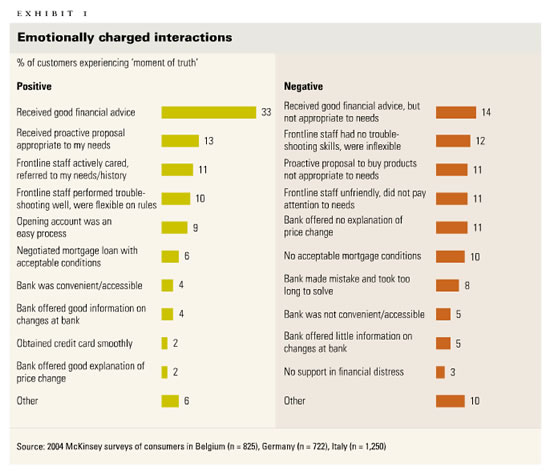
The customer experience is not just about customer service. And customer service isn’t just about a department. Servicing customers and striving towards better end-to-end customer experiences is everyone’s task. Still, customer service departments and contact centers are key in the customer experience equation, more than many departments or functions that start increasingly claiming the ownership of the customer experience as well.
There is no ownership when it boils down to the customer. We live in a far too connected consumer and business context to even contemplate the idea of ownership. Responsibility is another thing – even if it’s distributed as well.
Revaluing and transforming the contact center and its role
Customers increasingly rely on other customers and total strangers to seek customer service. They form (online) communities and consult online resources. However, the contact center and/or customer service is still the predominant “destination” for customers to find support and information to solve issues.
Unfortunately, contact centers don’t always get/claim the attention/role they deserve and often even find it hard to make a case for better customer support and improved customer-centricity, in the end their case. Worse: for many C-level execs, contact centers (and other business-critical operations such as IT) are looked upon as an expense rather than the essential driver of tangible business and customer value they really are or should be.
It’s a weird but, when you look at the backgrounds and reasons, often understandable situation. Still, it’s important to change it. We know that the customer experience is crucial, if not the core business and customer value driver. We know since a long time that customer service is the leading consideration when customers choose a new provider (Just look at “The new rules for customer service: Findings from the Accenture Global Customer Satisfaction Survey – edition….2008” – PDF opens). And we also know that the gap between customer service expectations and the service they experience is growing (more in the same Accenture document).
The prevalence of marketing in the customer experience equation
Still, for many reasons, which we’ll cover in another article, we underestimate the role of customer service and/or the contact center. One, albeit far from the most important one, reason is that the customer experience increasingly gets claimed by marketing as mentioned earlier.
As a matter of fact, the customer experience is more often heralded in a branding and marketing context nowadays, rather than in one of actual service and business/customer value creation. And that’s not a good evolution in what should be an integrated effort (even if contact centers also have a lot of work to do themselves to play a more important role in customer experience management).
Customer experience and service get increasingly used by marketers in the branding context. Have you read the core brand values of many business lately? They’re often not just plain boring but also look very alike. “We serve our customers”. “We offer great customer experiences”. “We’re agile and adapt to our customer’s needs.” Innovative. Listening. Caring. Modern. Transparent. Authentic. Open. The list goes on. OK, it might be nice to remind ourselves now and then that we really want to be customer-centric. But, in the end, all those mentioned values are not differentiators in the context of customer interactions and perceptions. Serving customers, being agile, authenticity and focusing on customer experiences are not just values, invented by brand marketers in their disconnected ivory towers. They are the very basic actions and characteristics customers today expect and deserve.
Customer experience is also often used in a marketing context without connecting with the rest of the business in a holistic way or is mistaken as sheer personalization and conversion optimization. Paying further lip service to the customer experience and customer service is also less-branding related marketing. But let’s face it: it most often happens in a context of campaigns, PR, monologues, digital tools and good intentions. It’s good that marketing builds nice tools and services customers can use. They can be highly relevant and lead to great experiences. But they often remain at the top of the funnel. Furthermore, the growing investments in behavioral analytics, marketing automation, content personalization tools, and other marketing technology applications aren’t really done in order to improve the customer experience. They’re done to get more reach and conversions. Conversion optimization, when well done, is focused on the customer experience or at least results in better customer experiences. But more often than not it’s really about showing better results and higher ROI to the C-suite.
Here’s a famous saying marketers know very well: it costs five times more to acquire a customer than to retain one. In reality that’s a myth that’s been existing since decades and keeps being spread (we might have been guilty on occasion) but we understand what it means, even if reality is far more diverse and complex. Bain & Company once said that it costs 6 to 7 times more to acquire a new customer than to retain one. Again, it depends. Sometimes it will be far more and sometimes less.
There is more to customer service and customer experiences than the tip of the iceberg
Do you know where your brand really has to stand the test and prove that its values and marketing promises are real? Indeed, in customer service and contact center interactions.
So, maybe we can look at some real evolutions and challenges in optimizing the customer experience and the undeniable role of contact centers and customer service in it.
Here’s another fact (regardless of exact data): most unhappy customers don’t tell anyone (in your business or customer service department) formally and give up after some service request attempts. This results in the so-called customer complaint iceberg model that goes back a long time too but just think about it. How often did you start to complain, file a customer service request or get in touch with a contact center, ultimately giving up and sharing the experience in a non-public context? How often did you simply draw your conclusions? And how often did you really push it all the way, using all the means you have?
Sure, the customer’s voice is louder than before. But for every customer that keeps insisting, let alone that voices his dissatisfaction in very public and connected ways, there are lots of them that avoid the emotional stress of poor customer service and rather switch vendors. And, sure, some of them are pretty big customers. Worse: when you call them to ask if you can do anything to help them “proactively” (albeit far too late and thus only proactively in your mind) because you noticed that they spend 10% of what they did the previous year, they might even lie to you because they just don’t care about you anymore.

Contact center excellence at different speeds: catching up
Even if creating more customer-centric marketing campaigns, content and brand promises is important, making sure you optimize customer service and contact center efficiency is much more important. And, as I wanted to illustrate with the previous example, even then you’re not sure and data will show the reality you overlook.
One of the data showing it is churn. Another one decreased sales. And of course satisfaction. But there are many other hidden data. Do you really know why acquisition becomes more expensive and you even have less budgets for retention and customer experiences in your business? Could it be that your reputation is so tarnished because of all those relatively silent unsatisfied customers that will inevitably at least tell someone and the occasional customers that told a million of their perfect strangers as Joseph Jaffe eloquently put it in his Customer Service Manifesto? Could it be that a competitor that really focused on the customer experience just casted a big fishing net, leaving the sea emptier for you?
The role of customer service and the contact center all too often is still largely underestimated in the bottom-line of your business, the overall customer experience journey and even the customer lifetime value.
Yet, while many are doing that, others catch up with a very complex and channel-agnostic customer reality by emphasizing the role of the multi-channel and even omnichannel contact center and true leaders are already delivering fully integrated and agile (not as a brand promise) customer service throughout next generation contact centers.
Next time: part one of the challenges and solutions in solving it all.
PS: marketing is also key in the customer experience picture. But there are sure too many areas and disconnected tactics where it’s an obstacle, rather than an enabler. The integration of customer-facing functions is essential.

Critical moments in servicing the customer
It’s important to remember that critical moments for customers are critical moments for the business as well and this goes for both for positive and negative experiences. McKinsey research – described in a 2006 article, “The ‘moment of truth’ in customer service“, emphasized how emotionally charged interactions, often occurring when customers have a problem or seek advice, offer opportunities to create emotional bonds across customer experiences and moments of truth that matter most to customers.
Sales and customer service people that know their job and customers, have always known this: the more emotions involved, the bigger the risks but also the bigger the opportunities and thus stakes of enabling great customer experiences and providing the best service possible. This is just one of many reasons why customer-facing functions all need to strive towards servicing customers across various touches and critical moments, and have an integrated view of the state of the customer in the here and now.

And for the infographic lovers, here is a final one, based on research conducted by Harris Interactive on behalf of cloud contact center software provider Five9.

Images purchased under license from Shutterstock

